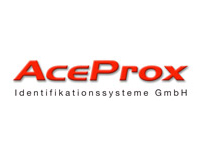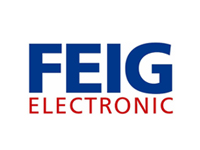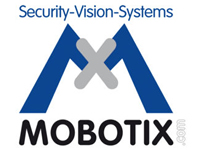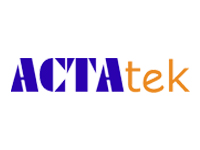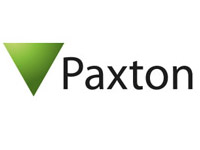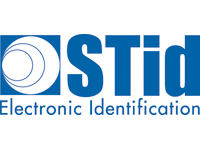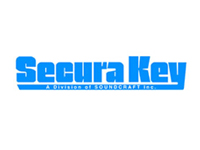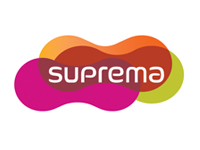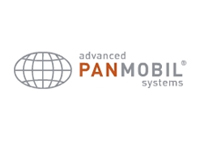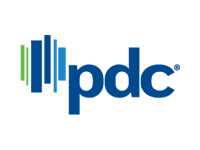RFID Technologies
The concept of RFID is not new. However, the technology has evolved over several decades and continues to develop. Rather than a singular technology, RFID is a family of several complimentary radio frequency data capture technologies, each with its own characteristics and strengths. A deep understanding of these technologies is necessary in order to select the most appropriate for a specific application. A list of the common RFID technologies is provided below. Contact Electro-Com for specific recommendations.
LF RFID technology by Texas Instruments (TIRIS). This class leading half-duplex technology operates on a frequency of 134.2kHz. A major technical break-through when it was introduced in the 1990s, it has proven to be one of the most dependable products on the market and it’s performance is still unmatched. As the basis of the international animal identification standards ISO11784/11785 and automotive security systems, countless millions of tags have been deployed.
Electro-Com can also supply various other proprietary LF RFID technologies, specific to your application.
HF RFID operates at a frequency of 13.56MHz. HF RFID technologies have been incorporated in International Standards; ISO15693 and ISO14443-A/B and include well known products such as Texas Instruments Tag-it, NXP icode, Mifare etc.
With fast data transfer rates, robust performance in most environments, high data storage and low tag costs, HF RFID is widely deployed in many applications including security / access control, passports, ticketing, library automation and asset management.
Ultra High Frequency (UHF) technology is the fastest growing passive RFID technology group. Our extensive range of tags and readers conform to EPCGlobal Class1 Gen2 standards, also referred to as ISO18000-6C or “RAIN” technology.
UHF RFID operates between 860MHz to 960MHz (Regulations vary from region to region). All of our UHF products conform to the Australian spectrum requirements. Don’t get caught out importing non-compliant products from Asia, Europe or North America! Contact Electro-Com for product recommendations.
UHF technology is widely adopted in supply chain, logistics, retail, vehicle ID and asset management applications due to its relatively long read-range and low tag cost.
NFC (Near Field Communication) is a method of wireless data transfer in the HF spectrum. NFC standards include ISO/IEC 18092 and are based on the HF RFID standards ISO15693/14443.
NFC offers a low-speed connection with simple setup that can be used to enable secondary wireless connections. NFC devices, including smart labels, cards and smart phones, can act as electronic identity documents and used in mobile payment, ticketing and access systems.
BLE (Bluetooth Low Energy or Bluetooth Smart) uses frequency hopping wireless technology in the 2.4 GHz unlicensed radio band to interconnect nearby devices. BLE, is faster, longer range and more energy efficient than its predecessors.
Originally introduced in 2004, BLE adoption is now being driven by today’s fast-growing Internet of Things (IoT). For example, internet-connected devices used for personal healthcare, fitness, sports, entertainment, and location now use BLE to communicate with smartphones and tablets.
Battery supported BLE tags can be attached to assets or people and communicate with BLE gateways or BLE enables smartphones.
Real-time location systems (RTLS) deploy radio frequency techniques to locate people or objects in real time.
Electro-Com has a number of RTLS hardware offerings which can be customized to fit your application. From specialized proprietary technologies, to low-cost passive RFID, battery supported BLE and hybrid architecture. We can also deliver turnkey RTLS solutions, in cooperation with our software partners.
